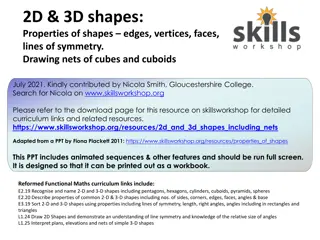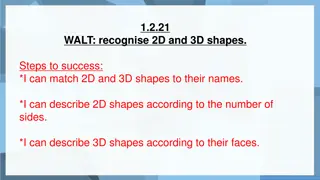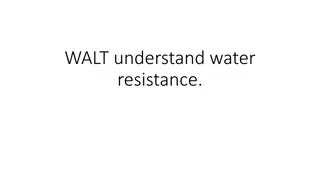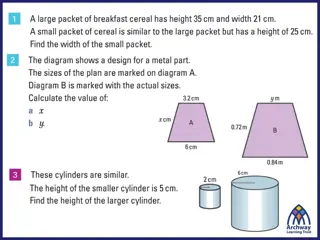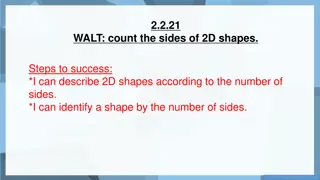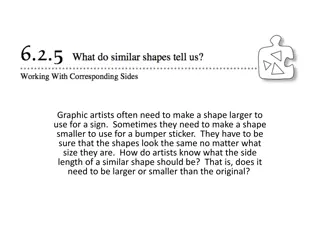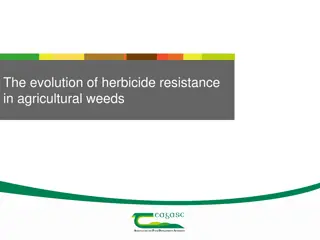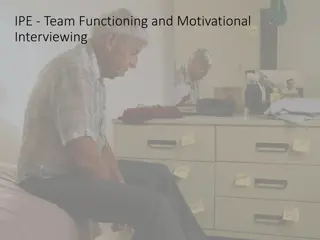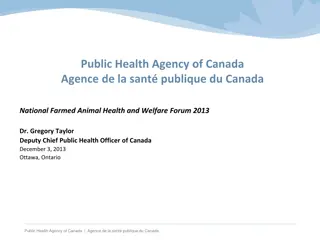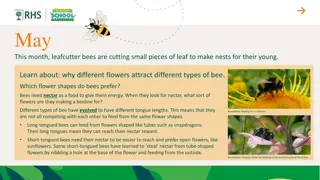Understanding Shapes and Water Resistance
Exploring the impact of different shapes on water resistance through real-life examples like walking in water, holding an umbrella in the wind, cycling against the wind, and the concept of streamlining. The content leads to an experiment using plasticine to predict and observe how shape affects the rate at which objects fall in water, illustrating the principles of air and water resistance.
Download Presentation

Please find below an Image/Link to download the presentation.
The content on the website is provided AS IS for your information and personal use only. It may not be sold, licensed, or shared on other websites without obtaining consent from the author. Download presentation by click this link. If you encounter any issues during the download, it is possible that the publisher has removed the file from their server.
E N D
Presentation Transcript
I can draw conclusions about which shapes create least water resistance
Swimming Think back to your swimming lessons in Year 4. Was it easy or difficult to walk through water? Does the depth of the water make a difference to have fast or slow you can walk?
Walking through water and the depth of the water does make a difference to how easily you can move. This is due to air resistance and water resistance, and that air resistance and water resistance are types of friction. How you might ask?!
A windy day! Think about holding an umbrella on a windy day is it easier to hold the umbrella when it is open or closed? Why? A closed umbrella is more streamlined than an open umbrella Streamlined means that the umbrella presents very little resistance to a flow of air or water, increasing speed and ease of movement.
Cycling How can this information we have just learnt be applied to cycling?
Think about cycling a bike into the wind. Does this make it harder work to get the bike to move forward? YES!
In nature and in technology, streamlining is used to reduce air resistance and water resistance. Watch this video with examples of streamlining http://www.bbc.co.uk/learningzone/clips/strea mlining-in-nature-and-industry/2181.html
Experiment Time! You will need some plasticine (or blu tak, clay, playdough, foil whatever you have). You will need to shape your plasticine (or other) in different shapes and drop it into some water. But first think about
What do you predict will happen? Using the same amount of material Using the same depth of the water The force with which the plasticine is dropped Which shapes do you think will fall quickest? Why? Which shapes will fall slowest? Why?
Have a go at dropping the different shapes into the water.
Results Were your results what you expected? Do your results match with nature and technology like what you saw in the video? The larger the surface area, the slower your shape will fall due to greater water resistance (drag).
Repeating the experiment? What if we changed the water? What difference would viscosity make? (viscosity means thick, sticky, and semi-fluid in consistency) Imagine dropping your shape into cooking oil? (you may want to try this ask an adult first though!) Would your shape fall quicker or slower? Why?





